Holiday Gifts, Family Gifts, Sports Gifts
How Custom Embroidery is Transforming the Gift-Giving Market
Gift-giving has always been a way for people to express emotions, commemorate milestones, and strengthen bonds. From ancient offerings of symbolic objects to modern-day consumer goods wrapped in glossy paper, the essence of giving has remained constant: it’s about making someone feel valued and understood. Yet the way gifts are conceived, created, and exchanged has shifted dramatically in the last few decades, driven by changes in technology, cultural values, and personal expectations. One of the most significant—and perhaps underappreciated—forces behind this shift is custom embroidery.
This art form, which was once primarily associated with traditional craftsmanship and slow, manual work, has undergone a remarkable renaissance thanks to modern design tools, digital embroidery machines, and an increasingly personalized marketplace. Custom embroidery has not only carved out a niche for itself but has also redefined what it means to give a truly meaningful gift.
The Rise of Personalization in the Gift Industry
To understand the impact of custom embroidery on the gift-giving market, we first need to acknowledge the broader trend of personalization. Consumers today are no longer satisfied with generic, mass-produced items. A gift that feels “off-the-shelf” can come across as impersonal—especially in an era where individuality is celebrated, and social media magnifies the importance of unique, visually appealing items.
Personalization has become the gold standard in gift-giving. Whether it’s a name engraved on a bracelet, initials monogrammed on a leather wallet, or a photo printed on a canvas, people are looking for ways to make their gifts stand out as one-of-a-kind. Custom embroidery fits neatly into this demand, offering a tactile, high-quality method of personalization that combines beauty with durability.
While engraving and printing have their strengths, embroidery offers something extra: the charm of texture, the richness of thread colors, and the subtle luxury that comes from handcrafted or custom-designed fabric art.

From Craft to Commercial Powerhouse
Embroidery has been around for centuries, adorning royal garments, religious vestments, and household textiles across cultures. However, until recently, embroidery was labor-intensive and relatively inaccessible for large-scale gifting. The process required skilled artisans, hours of manual work, and often a significant budget. This made embroidered gifts more of a luxury item than an everyday possibility.
The game changed with the advent of computerized embroidery machines and software that can translate digital designs into perfectly stitched patterns. What used to take days can now be accomplished in hours, without sacrificing quality. More importantly, these machines make it possible for small businesses and independent creators to enter the market with competitive pricing, allowing embroidered gifts to become accessible to a much broader audience.
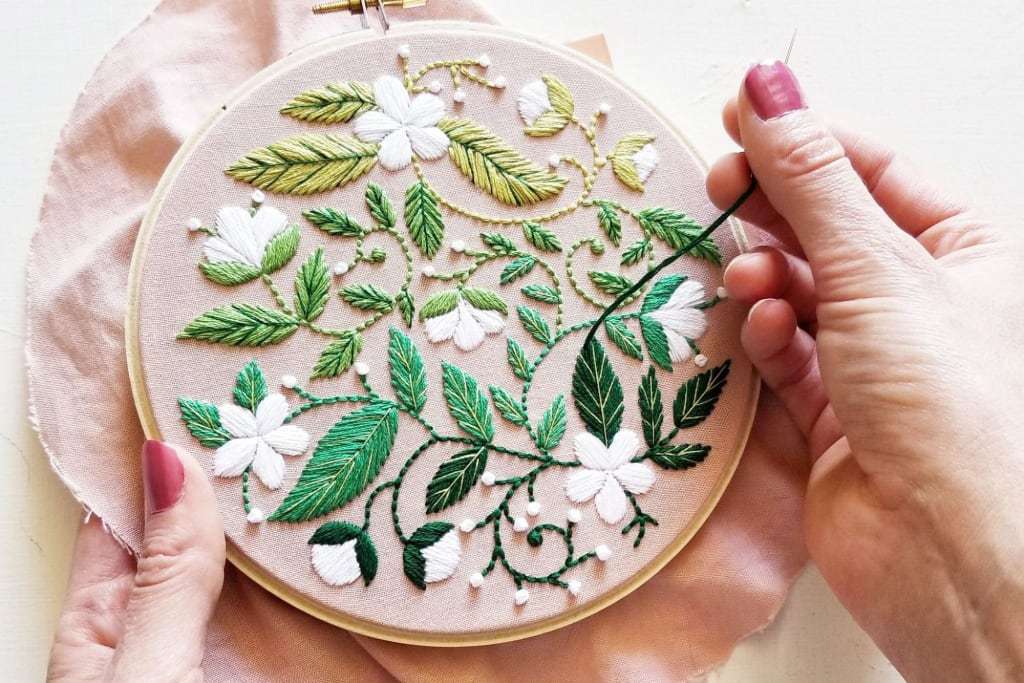
This democratization of embroidery has had a ripple effect. Now, a couple can order custom embroidered throw pillows for their wedding guests; a startup can gift embroidered shirts to employees; and a parent can order a personalized baby blanket for a newborn niece—all without the prohibitive cost or wait time that embroidery once demanded.
The Emotional Edge of Embroidered Gifts
One reason custom embroidery resonates so strongly with consumers is its emotional depth. A personalized embroidered shirt carries a sense of thoughtfulness that mass-market products often lack. When a person receives a scarf with their initials subtly stitched on the corner, or a blanket embroidered with a meaningful quote, it communicates that the giver took the time to create something just for them.
The medium itself adds to the impact. Embroidery has a tactile warmth that printing or digital personalization cannot match. The raised texture of the threads invites touch; the interplay of colors can be as vibrant or as subtle as the occasion demands. The permanence of embroidery—threads that won’t fade or peel—gives the gift a lasting quality, making it something the recipient can cherish for years.
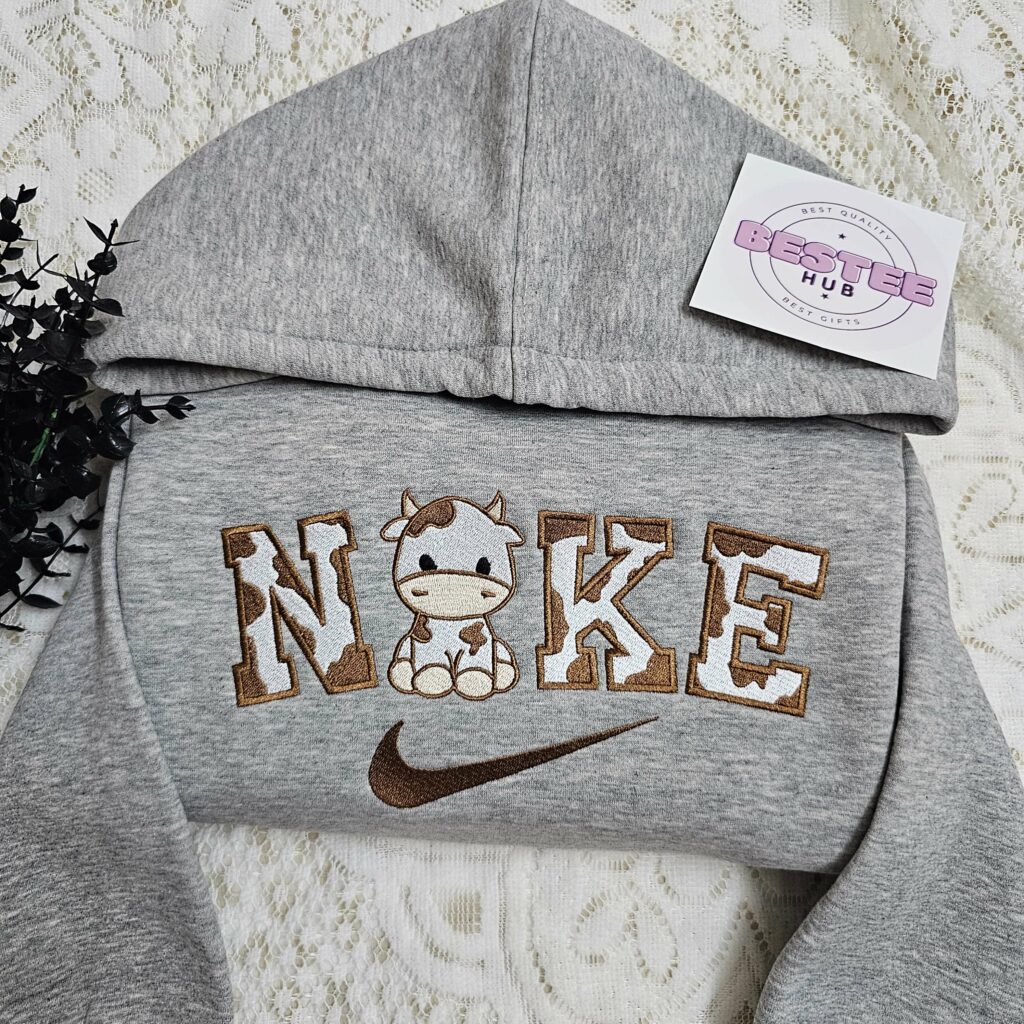
For corporate gifting, embroidery also adds a refined touch. Companies are increasingly seeking ways to stand out in their client and employee appreciation efforts. A high-quality, embroidered tote or jacket not only displays the company’s logo but also signals that the brand values craftsmanship and attention to detail.
How Technology Fuels Creativity
The transformation of the gift-giving market through custom embroidery would not have been possible without technological advancements. Modern embroidery software allows for intricate designs that were once impossible or too time-consuming to attempt by hand. These programs enable artists and businesses to upload logos, convert photographs into stitch patterns, and experiment with thousands of thread colors virtually before producing the final piece.
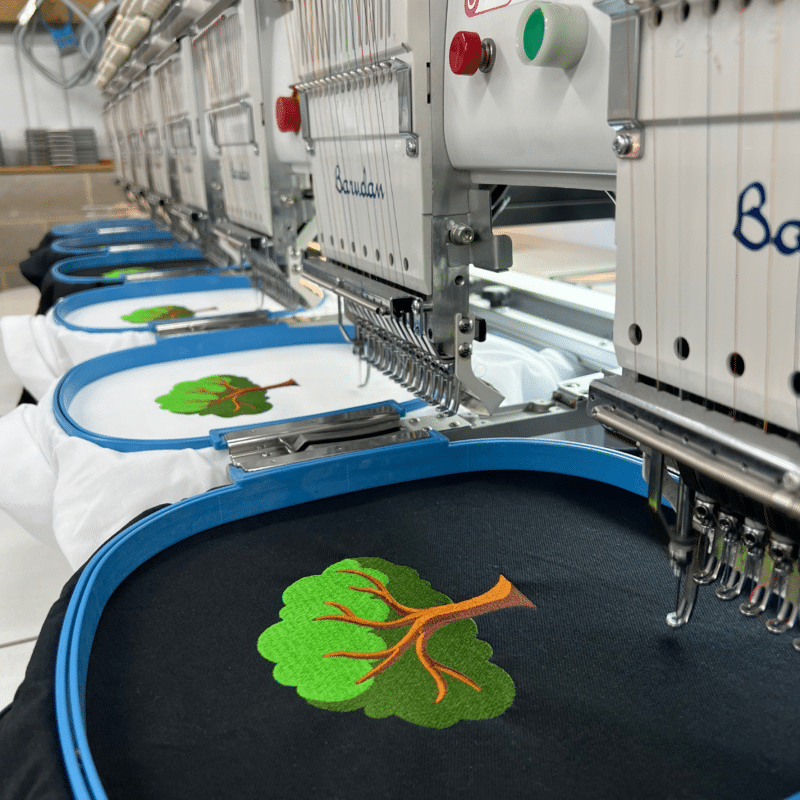
This fusion of digital design and traditional craft has expanded the range of possibilities for gifts. Imagine a family photo subtly reinterpreted as a minimalist stitched outline on a cushion cover, or a favorite handwritten recipe embroidered onto a tea towel as a housewarming gift. Such innovations marry sentiment with artistry, and they appeal to the growing market for personalized home decor, fashion, and accessories.
Technology also makes small-batch production feasible. This is especially important in the gift market, where orders often come in low volumes but demand high quality. Whether it’s a one-off anniversary gift or a limited run of commemorative items for a reunion, custom embroidery can handle these needs efficiently.
Sustainability and the Shift in Consumer Values
Another reason custom embroidery is gaining traction in the gift-giving space is its alignment with sustainable values. In a market increasingly aware of fast fashion’s environmental toll, consumers are turning toward products that are made to last. An embroidered gift, particularly one made from quality materials, has a durability that far outpaces mass-printed or disposable alternatives.
Embroidery also lends itself well to upcycling. A plain tote bag can be transformed into a stylish accessory with a custom embroidered design; a vintage denim jacket can get a new lease on life with a colorful back panel. These creative reuse projects not only reduce waste but also produce one-of-a-kind items that make memorable gifts.
For eco-conscious brands, offering embroidered products signals a commitment to slow, thoughtful production. This resonates with a demographic of consumers who want their purchases to reflect their values—both in terms of sustainability and supporting artisan craftsmanship.
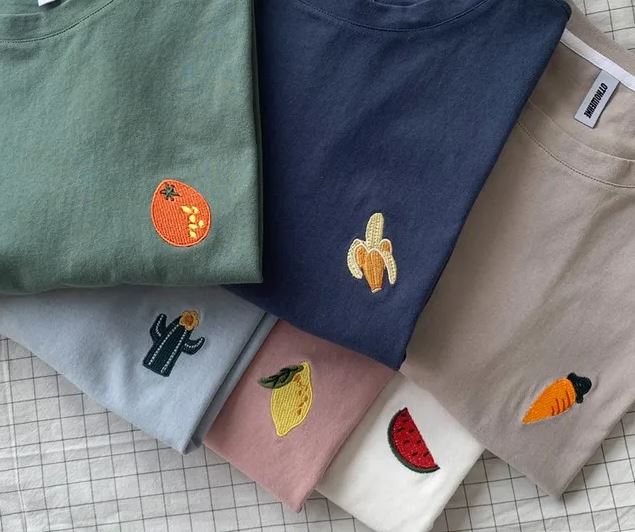
Expanding Gift Categories Through Custom Embroidery
Before the recent boom, embroidery was largely associated with clothing, linens, and home decor. Today, the boundaries are much wider. Embroidered gifts now include:
-
Fashion accessories like hats, scarves, and handbags
-
Tech gear such as laptop sleeves and phone cases
-
Baby products including blankets, bibs, and plush toys
-
Sports team merchandise with custom player names
-
Wedding keepsakes like personalized table runners or bridal robes
-
Corporate merchandise for events, launches, and holiday gifts
Each of these categories benefits from the customization potential of embroidery, allowing gift-givers to tailor the design, colors, and even placement of the stitched elements to suit the recipient’s personality and the occasion’s theme.
This diversification means that embroidery is no longer limited to a traditional or vintage aesthetic. It can be sleek and modern, bold and graphic, or soft and romantic, depending on the creative vision.
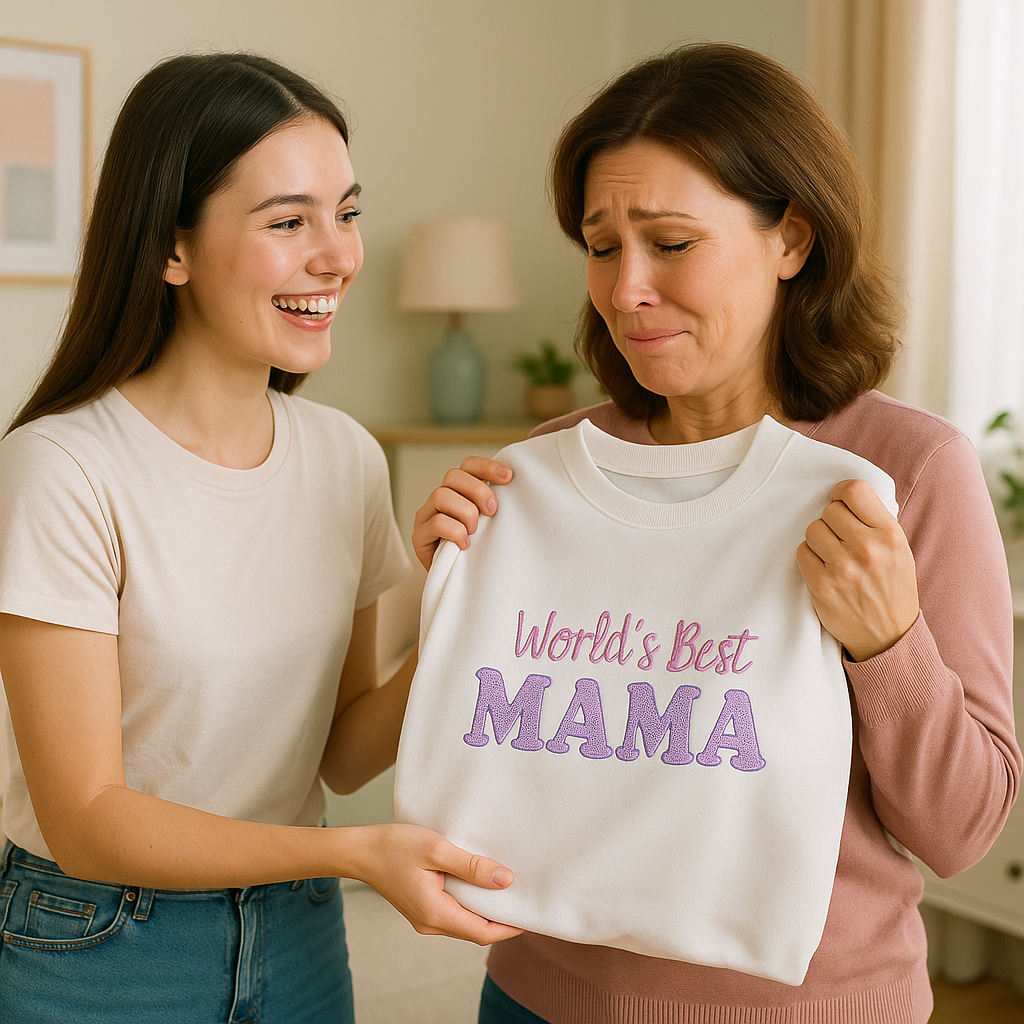
The Social Media Effect
It’s impossible to talk about trends in gift-giving without addressing the role of social media. Platforms like Instagram, TikTok, and Pinterest have turned visually striking gifts into viral sensations. Embroidered items photograph beautifully—the textures and colors pop on camera, and the personal touches make them inherently shareable.
This visibility has fueled demand for custom embroidery as people seek gifts that are both meaningful in real life and photogenic online. Unboxing videos, DIY embroidery tutorials, and behind-the-scenes looks at the stitching process have all contributed to the growing fascination with the craft.
For small embroidery on demand businesses, social media has been a game-changer. It allows them to showcase their work to a global audience, receive instant feedback, and tap into niche markets that appreciate specific styles, such as minimalist monograms or maximalist floral motifs.

Challenges and Opportunities in the Market
While the outlook for custom embroidery in the gift-giving industry is bright, it’s not without challenges. Competition is increasing as more creators and companies enter the space. To stand out, businesses must focus on both quality and originality. A poorly executed design or flimsy material can undermine the perceived value of an embroidered gift.
There’s also the question of scalability. Custom embroidery is inherently more time-intensive than mass printing, and turnaround times can be a hurdle during peak gifting seasons. Investing in efficient workflows, high-quality machinery, and clear customer communication is key to managing expectations.
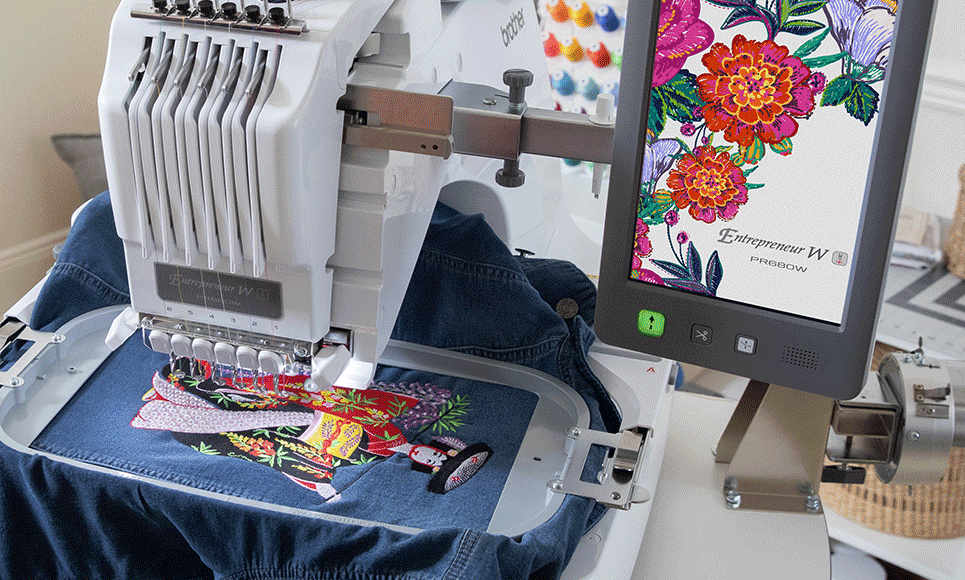
At the same time, these challenges present opportunities. The very factors that limit mass production—attention to detail, personalization, and quality—are the same ones that make custom embroidery so appealing. Businesses that embrace these qualities can position themselves as premium gift providers, commanding higher prices and fostering customer loyalty.
Looking Ahead: The Future of Embroidered Gifts
The trajectory of custom embroidery suggests that its influence on the gift-giving market will only grow. As personalization continues to be a driving force in consumer behavior, embroidered gifts will remain a top choice for those seeking to make their presents distinctive and memorable.
Emerging technologies, such as AI-assisted design and sustainable thread innovations, are likely to push the boundaries even further. Imagine being able to input a few keywords—such as the recipient’s favorite color palette, hobbies, and personality traits—and instantly receive a custom embroidery design tailored to them. These advancements could make the process even more accessible while maintaining the handmade charm that defines the craft.
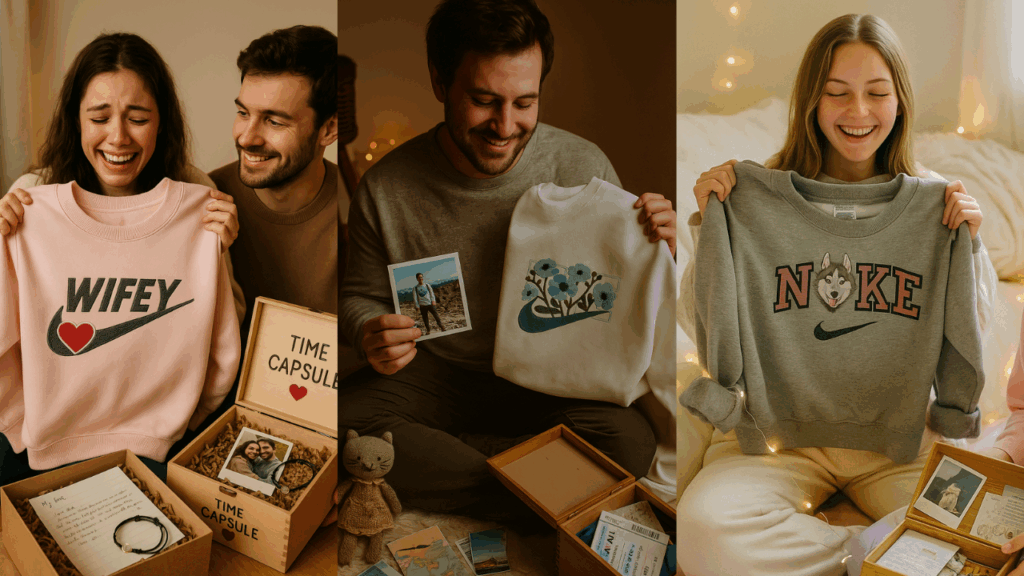
Moreover, as consumers increasingly value experiences alongside tangible goods, we may see a rise in interactive embroidery gifts. Workshops where participants embroider their own keepsakes, or kits that allow recipients to complete a partially stitched design, could blend the act of giving with the joy of creating.
Conclusion
Custom embroidery has moved far beyond its origins as a niche decorative art. It has become a powerful force in the modern gift-giving market, offering unmatched personalization, emotional resonance, and sustainability. By merging tradition with technology, embroidery is not just keeping pace with the evolving demands of consumers—it’s actively shaping the future of how we express care, celebration, and connection through gifts.

